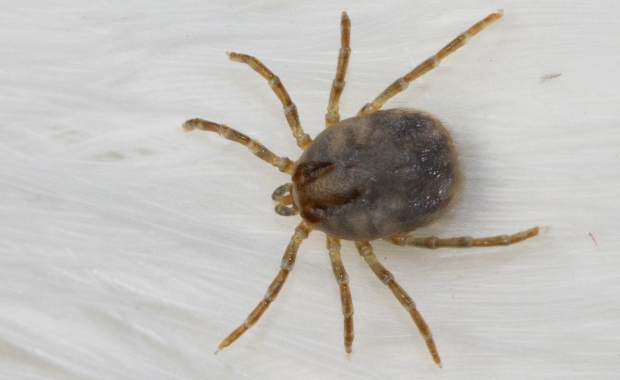An unsuspecting tourist carried a seabird tick a 90 kilometer route across the Westfjords of Iceland recently. The tick generally infects marine birds but according to an expert, humans make decent hosts as well.
The tourist caught the tick by Látrabjarg cliffs in the Westfjords, according to a Facebook post by entomologist Erling Ólafsson at the Icelandic Institute of Natural History.
It wasn't until the tourist arrived at the swimming pool in Flókalundur in the southern Westfjords that he discovered the stow away. Erling says that humans are usually not on the top of the seabird tick's most wanted host list but that humans suit them decently.
Seabird ticks infect marine birds in high latitude countries in both the northern and southern hemispheres. In Iceland, the ticks are believed to infect puffins and black guillemots, though few locations for sightings have been confirmed, according to the Institute of Natural History website.
An unsuspecting tourist carried a seabird tick a 90 kilometer route across the Westfjords of Iceland recently. The tick generally infects marine birds but according to an expert, humans make decent hosts as well.
The tourist caught the tick by Látrabjarg cliffs in the Westfjords, according to a Facebook post by entomologist Erling Ólafsson at the Icelandic Institute of Natural History.
It wasn't until the tourist arrived at the swimming pool in Flókalundur in the southern Westfjords that he discovered the stow away. Erling says that humans are usually not on the top of the seabird tick's most wanted host list but that humans suit them decently.
Seabird ticks infect marine birds in high latitude countries in both the northern and southern hemispheres. In Iceland, the ticks are believed to infect puffins and black guillemots, though few locations for sightings have been confirmed, according to the Institute of Natural History website.







